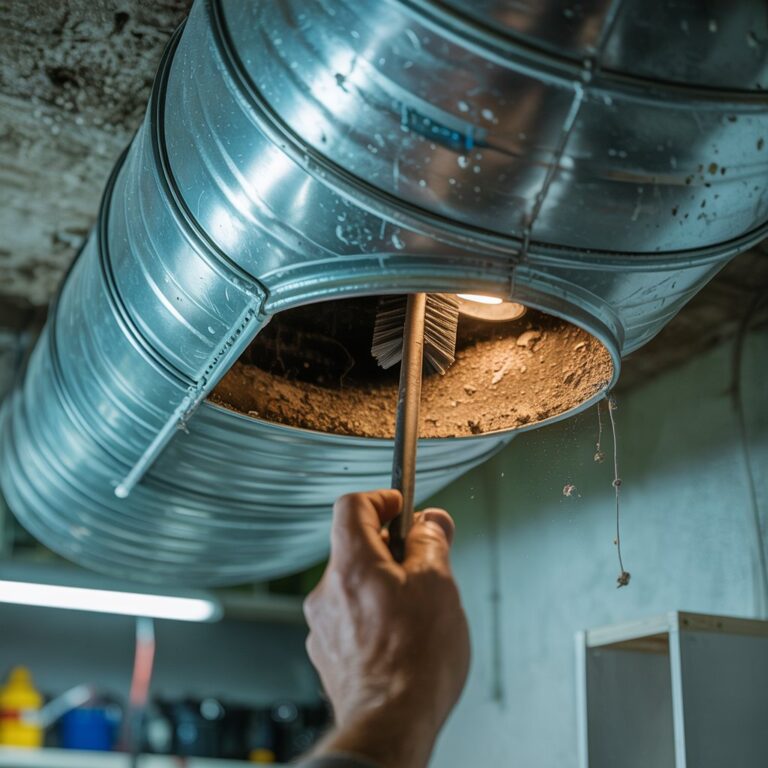Climate problems are growing. Renewable energy has moved to the center of energy talks. Universities and research centers work on these problems. They solve technical issues that once seemed too hard. The International Energy Agency says renewable energy must triple by 2030. This needs big breakthroughs.
Current Challenges in Renewable Energy Research
The path to renewable energy has big hurdles. Storage is the hardest problem. How do we keep power when the sun is down or wind stops? Academic research in renewable energy tackles these problems. They try risky approaches that companies avoid.
“We can test ideas that might fail many times before working,” says Dr. Rodriguez of MIT. “That freedom to fail is perfect for universities.”
Universities work on many research paper topics. They study new batteries and grid systems. This work helps progress even when business uses aren’t clear.
The challenges extend beyond technical issues. Social circumstances, rules, and existing systems all contribute to the creation of puzzles. Princeton’s Net-Zero initiative identifies five approaches to a carbon-neutral economy. Renewable energy needs thinking across many fields.
Current research focuses on:
- Big storage beyond lithium batteries
- Better solar panels
- New hydrogen materials
- Smart grid tech
Academic Institutions Leading the Charge
Some universities lead in energy innovation. The National Renewable Energy Lab works with academic partners. They connect basic research to practical use.
Stanford’s Energy Institute shows how university energy research speeds progress. Their Bits & Watts project combines digital tech with power systems. This helps add renewable sources to grids.
Outside the US, good work comes from surprising places. A Saudi Arabian university has made solar cells with 25% efficiency. This pushes solar power limits.
“Academic research crosses borders,” says Professor Chen from Singapore. “We talk with people worldwide. We build on each other’s work.”
This teamwork multiplies effects. MIT might develop a battery material. Tsinghua University improves how it’s made. Oxford finds ways to use it. Progress speeds up through global talks.
Student involvement adds new angles too. Undergraduate teams often make surprising breakthroughs. Their fresh eyes see solutions experts miss. Berkeley’s student-led team created a low-cost water purification system powered by solar. It now helps rural communities worldwide. This shows how academic settings let people think differently about energy problems.
Bridging the Gap Between Research and Implementation
Moving from lab to real world is hard. Renewable energy innovations face the “valley of death.” This is the hard shift from idea to product.
Universities now use tech transfer offices, industry partners, and startup help. The Clean Energy Trust has put $40 million into energy companies from academic research.
“Universities are changing how they approach energy research,” says Dr. Morales of Arizona State. “They don’t just publish and move on now.”
This means new views of “success” for researchers. Papers matter, but real-world use matters more. Stanford looks at practical use when funding research.
Success needs:
- Offices that protect ideas
- Industry partnerships
- Teams with tech and business experts
- Patient funding sources
Community colleges also play a key role now. They train solar installers, wind turbine techs, and battery specialists. This workforce makes academic breakthroughs real. Technical schools in Germany show how this works well. Their dual-education model combines classroom learning with hands-on training. American schools now copy this approach. Iowa community colleges have strong wind tech programs. California schools train solar installers. This creates jobs while helping climate goals.
Future Directions for Renewable Energy Innovation
Research now looks at whole systems, not just single technologies. The University of California says sustainable energy solutions must work together as systems.
Michigan researchers study the full life of renewable tech. They look from raw materials to recycling. This prevents new problems.
“Renewable energy isn’t just a tech challenge,” says Professor Williams of Queensland. “How people use these technologies and what policies we need matter too.”
New areas include AI and energy systems. Carnegie Mellon shows how machine learning can help renewable energy work better.
The most interesting area might be bio-inspired energy. Researchers study nature like photosynthesis to create new clean energy technology development. Caltech studies proteins that convert sunlight very efficiently. This could lead to better solar tech.
Research funding is changing too. Programs like Breakthrough Energy and ARPA-E help bridge research and business. They know renewable energy takes longer to develop than apps but offers more benefits.
As climate concerns intensify, academic research becomes increasingly vital. Universities promote innovation and professional development. They accelerate the shift to sustainable energy by emphasizing new technology and practical applications.




